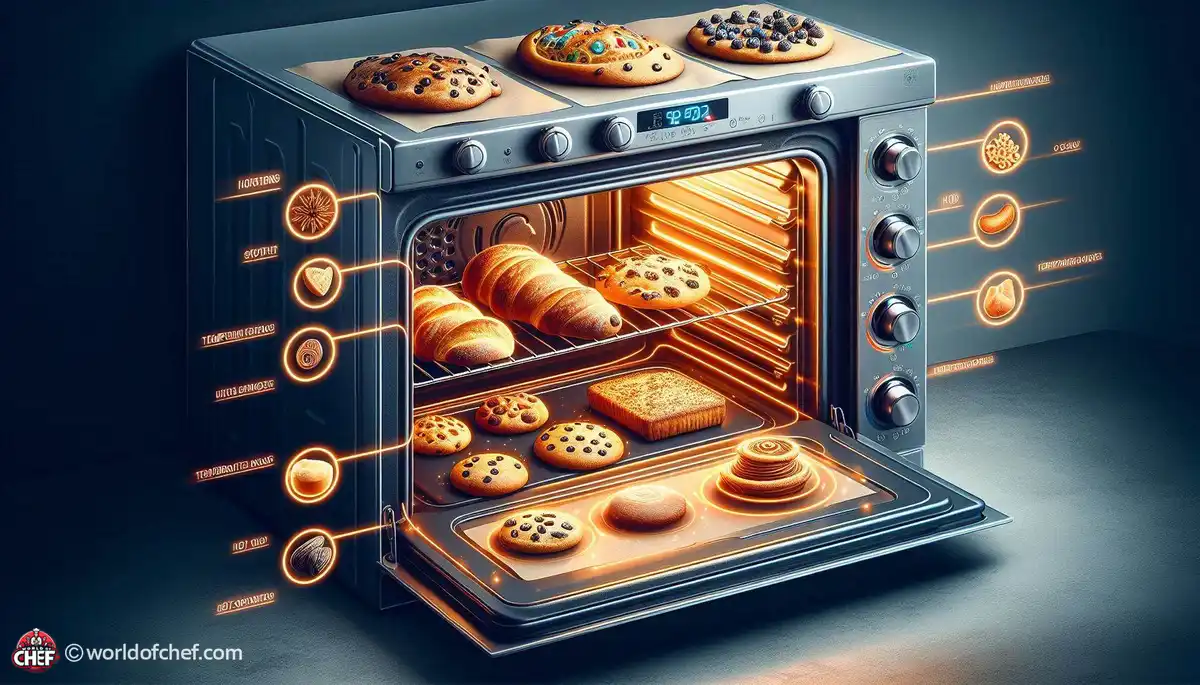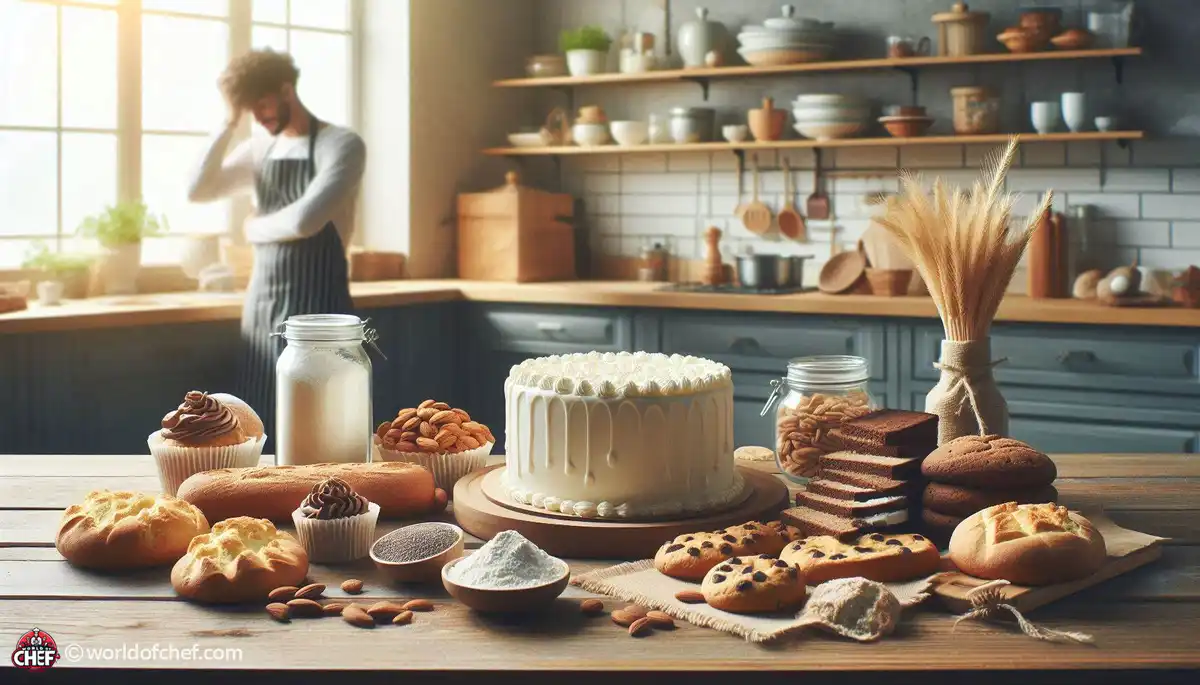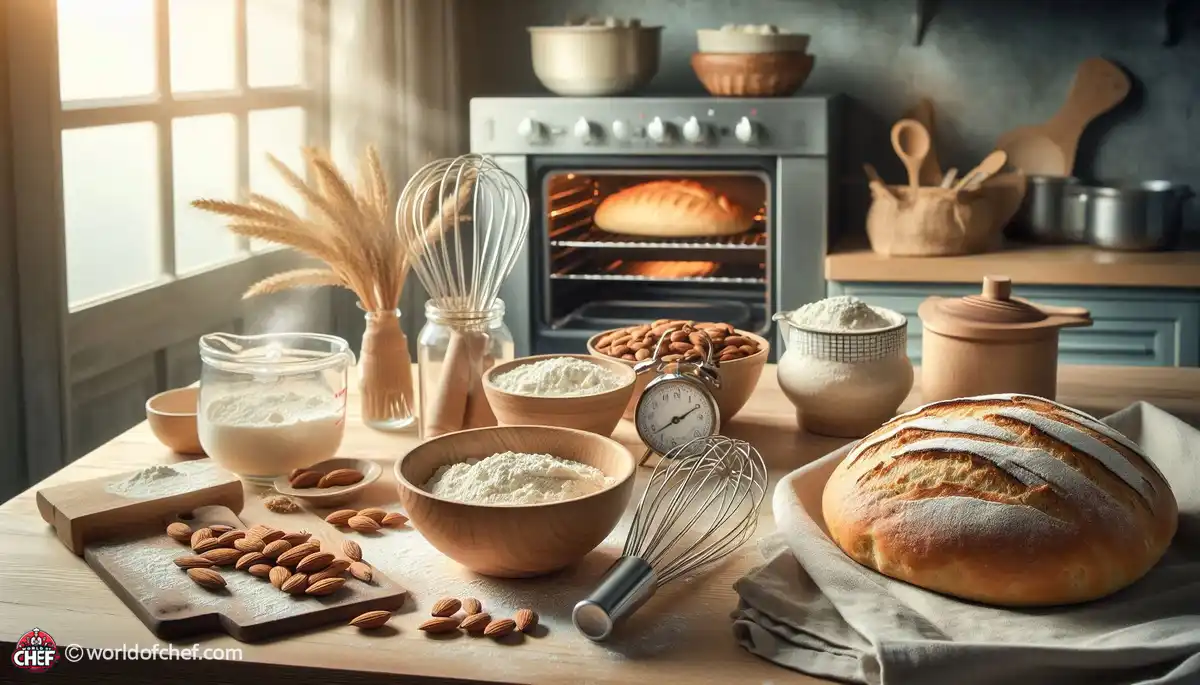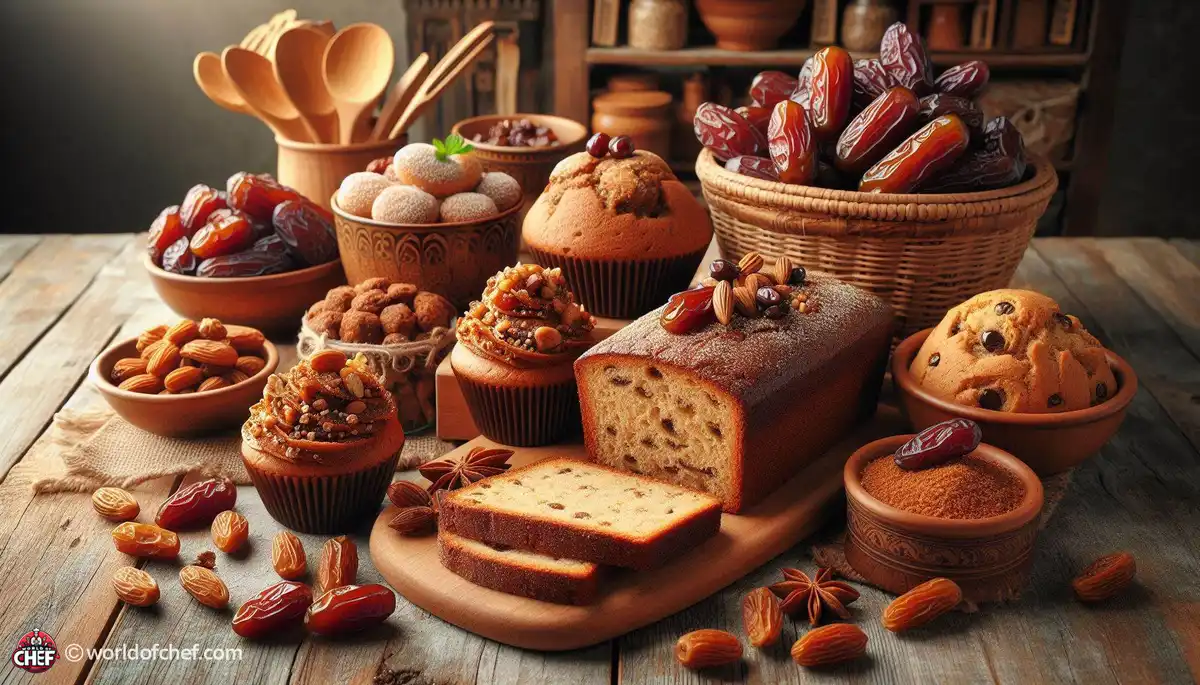
Understanding Oven Hot Spots and How to Bake Around Them
Russell Comeaux - Mar 30, 2025 - 13 min read


Baking is the art, but it is also a science. To create that perfect cake or a batch of cookies, conversion of ingredient measurements is of utmost importance. Whether using a family recipe, developing new flavors, or just adjusting the serving size, knowing how to measure the difference between disaster and magic happens. In this blog post, we are going to delve into the world of baking math and explore how easy it is to convert ingredient measurements.
Baking differs from cooking in that baking is so much dependent on exact measurements. A minute variation in ingredients can change the texture, flavor, or even the look of your baked goods. Too much flour can make the cake very dense, while too little sugar can make the cake bland. In this way, precise measurement ensures that what you are creating is going to rise as expected and taste great, leading you to achieve what you want each time.
There is science behind the ingredient measurements if you want to really understand your baking. Leavening agents like baking powder and baking soda need an exact amount to create the right chemical reaction. Likewise, fats, sugars, and liquids all have their functions in texture and moisture. When you measure ingredients precisely, you are ensuring these reactions happen correctly, giving you a perfectly baked treat.
Most baking recipes rely on a combination of both volume and weight measures. The most common units used in the United States are cups and tablespoons, but everywhere else they use grams and kilograms. For instance, 1 cup of flour weighs about 120 grams. Thus, it becomes easy to translate measurements accurately to make sure your baked goods turn out as good as you expect them to.
Knowing when to use volume vs. weight can really help you take your baking to the next level. For example, volume measurements are good for quick recipes and more casual baking. Weight measurements, on the other hand, are more precise. In professional settings or where you're following a specific recipe, weight measurements work best. For example, one cup of flour will weigh differently depending on how it is scooped into the measuring cup, which is why weight measurements provide a more consistent result.
To convert between volume measurements to weight, one needs to have the density of the ingredient. Every ingredient has different densities. For example, a cup of sugar will weigh heavier than a cup of flour. Online conversion charts or sheets can help facilitate these conversions. One must also invest in a kitchen scale to get accurate conversions, especially when trying very complex recipes that involve converting multiple ingredients.
Any baker needs these conversion charts to be referenced easily. It is something that will show how many grams are in a cup, or how many tablespoons can fit into a fluid ounce. Having this chart accessible in your kitchen saves you time and prevents confusion in baking. Be sure to double check the ingredient you are trying to measure as different products will give different results.
Sometimes a recipe just isn't big enough. Perhaps you are having a party or organizing a bake sale, and you need to double or triple a recipe. Scaling up means you have to proportionately change the measurements of ingredients. This will help flavors and textures balance out, and your baked goods will be of their original quality but feed more people.
But end up with a recipe for plenty. Scaling down is tricky and needs careful calculation. Otherwise, you might undo the very essence of that dish. Ingredients like eggs are hard to divide down the middle. A scale, or measuring spoons really does come in handy in some divisions. And you enjoy those tasty treats without feeding the whole house.
Flour is the main ingredient in most baked products, giving it structure and stability. There are several types of flour: all-purpose, cake, and bread flour, among others, which vary in protein content and thus affect the final product. If you change measurements, remember the type of flour you are using. You should not substitute one for another because this will change the texture and taste; always use the recommended flour type for the best outcome.
It does not only add sweetness to the food but also how the baked goods would brown or be moistened. Depending on the type of sugar used, whether it is granulated, brown, or powdered, the outcome might also vary. To change measurements of sugar, you must understand that various sugars have different densities. Brown sugar, for example, tends to be packed; its measurements are different compared to granulated sugar. These are the details you need to know when getting that perfect sweetness in a recipe.
Room Temperature vs. Cold Ingredient and temperature effect on the readings
Many baking recipes require that their ingredients be at room temperature. This is most definitely true for butter, eggs, and milk. If you use cold ingredients, it will impact how well the mixture will be and the final texture of your baked goods. For instance, cold butter doesn't cream well with sugar; therefore, it becomes denser. Plan ahead so that your ingredients get to the right temperature before proceeding. How Temperature Affects Ingredient Behavior
Temperature also determines how the components will react in the oven. For example, once you melt chocolate or butter, it loses a small amount because of evaporation. That is why very much importance has to be taken when measuring and conversion to ensure that is properly accounted for. Using a thermometer will allow you to monitor the temperatures of ingredients so everything will mix properly and bake evenly.
We have all been there at some point in a recipe when you realize you're missing a key ingredient right in the middle of mixing something. The good news is that many substitutions allow the integrity of your baked goods to be maintained. You can mix milk with a little vinegar if you do not have buttermilk, and it gives an almost similar tanginess to the dish. This keeps you on track if you are missing something in the pantry while adjusting the measurement.
Not all replacements are the same, so getting the right proportions right is vital. Applesauce, for instance is a relatively standard replacement in baked goods for oil, at least, as long as you fudge your measurement on the scale. You will be able to replace 1 oil with 1 apple sauce, but mind your added moisture. All substitution experiments are part of the game, but remember to write it down if you figure out how it is supposed to be the next time around.
The right tools make the difference between baking success and failure. Invest in a good set of measuring cups and spoons and consider a digital kitchen scale for weight measurements. Good quality tools assure accuracy; it makes converting and measuring ingredients much easier. And they make baking more fun and less stressful.
Keeping a baking journal may turn out to be one of the most useful tools. Record your recipes, measurements, and changes you make. This can be helpful in keeping a track of what works and doesn't work, which further enables you to hone the skill over time. A journal can also be a place for creativity where you can pen down your journey in baking with successes, failures, and tasty experiments.
And if you do not know how to change ingredient measurements in a baking world, you simply have no idea what your baked product will look like, be it scaled up or down, with some substitution or just trying for precision. Mastering the mathematics of baking will ensure delectable results. Happy baking, with the right tools, knowledge, and practice.

Russell Comeaux - Mar 30, 2025 - 13 min read

Alexis Larose - Mar 25, 2025 - 15 min read

Hailey Morrill - Mar 21, 2025 - 18 min read

Bobby McKelvey - Mar 18, 2025 - 12 min read